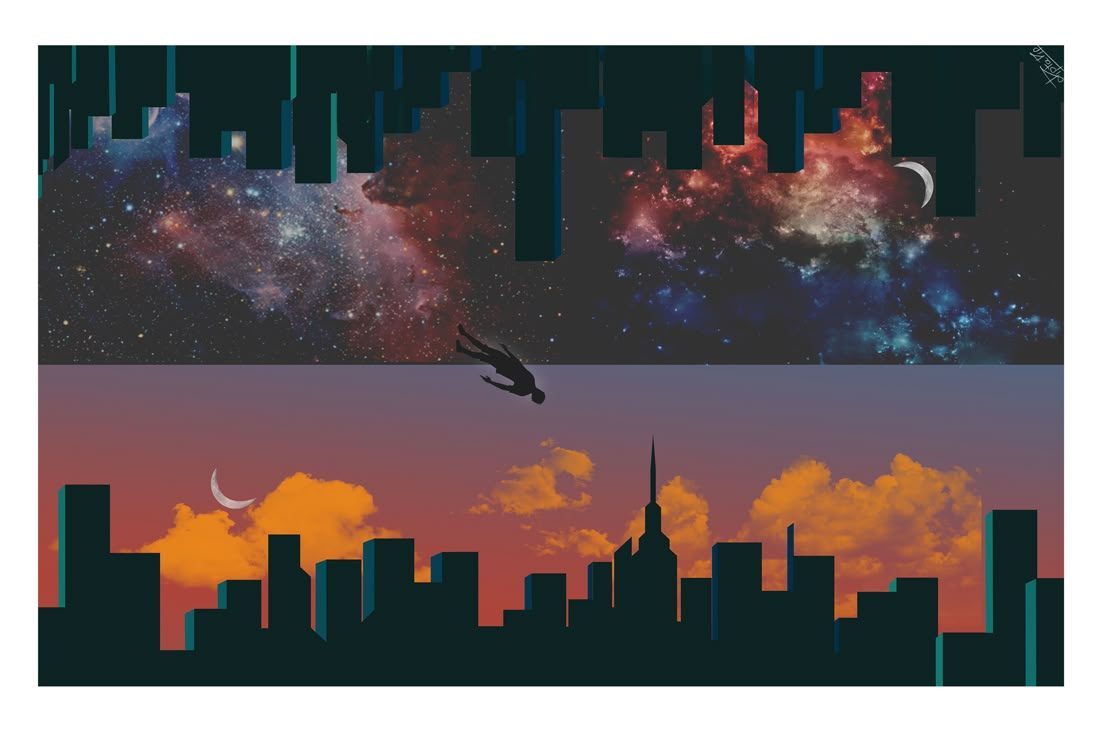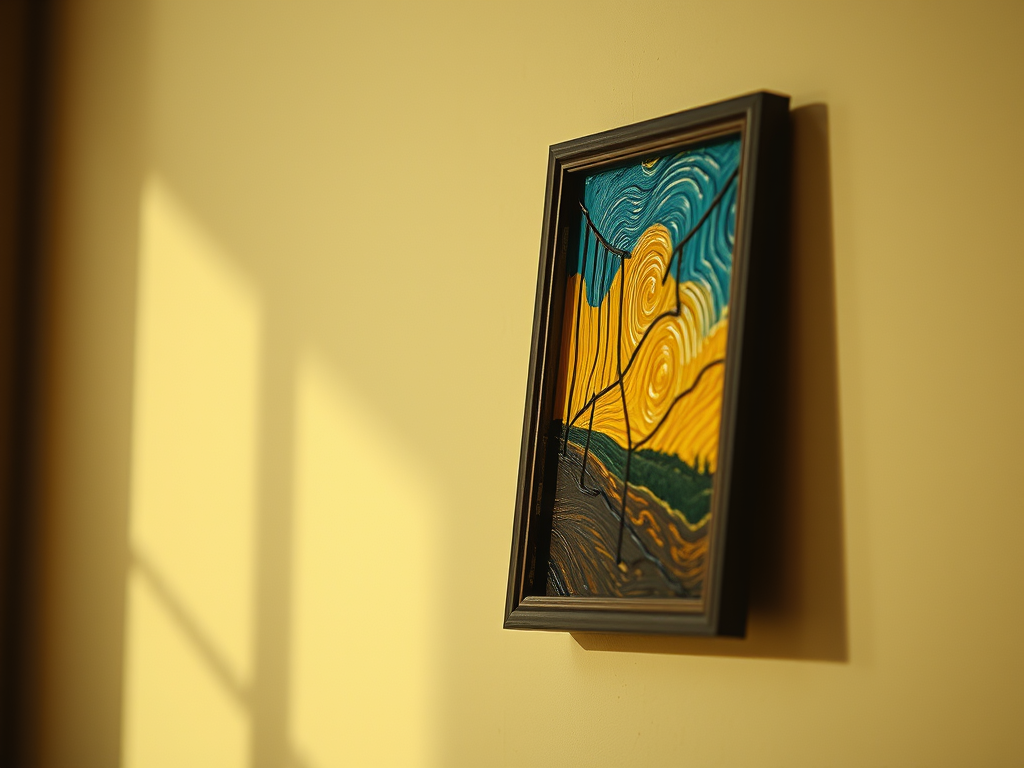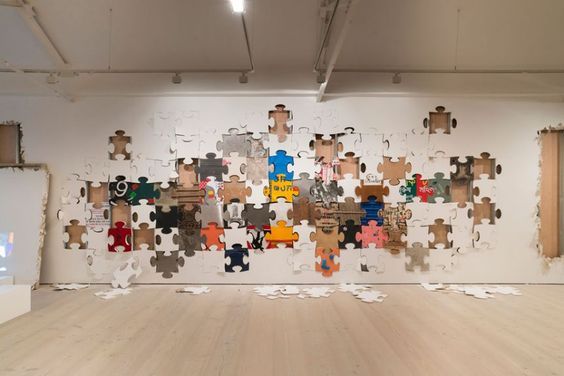The Rise of AI in Art Evaluation
The integration of artificial intelligence into art criticism represents a significant shift in how we approach artistic assessment. Traditional art criticism relies heavily on human expertise, cultural context, and subjective interpretation. However, AI systems bring a data-driven perspective to this traditionally subjective field.
Consider Arthena, an AI-powered platform that analyzes historical art market data to predict artwork values and investment potential. By processing millions of data points from past auctions, gallery sales, and market trends, Arthena helps collectors make informed decisions about art investments.
The adoption of AI in art evaluation has grown exponentially since 2020. Major auction houses like Christie’s and Sotheby’s now employ proprietary AI systems to provide preliminary artwork assessments. These systems analyze factors such as provenance, condition, historical significance, and market demand to generate initial valuations.
How AI Analyzes Art

Modern AI systems employ several sophisticated techniques to evaluate artwork:
- Computer Vision Analysis: AI systems break down visual elements like composition, color palette, and brush techniques. For instance, Art Recognition, a Swiss startup, uses deep learning to authenticate artworks by analyzing brushstroke patterns and artistic style. Their technology has successfully identified forgeries by detecting inconsistencies invisible to the human eye.
- Historical Context Mapping: Platforms like Artsy’s Magnus use machine learning to connect artworks with historical movements and influences, creating comprehensive artistic genealogies. This system can trace artistic influences across centuries and identify stylistic evolution patterns.
- Market Trend Analysis: Companies like ArtPrice leverage AI to track market trends, price fluctuations, and artist popularity across global art markets. Their algorithms process real-time data from thousands of auction houses and galleries worldwide.
- Sentiment Analysis: Advanced AI systems now analyze art criticism, reviews, and social media reactions to gauge public reception and critical acclaim. This provides valuable insights into an artwork’s cultural impact and potential market value.
Impact on Gallery Curation
The influence of AI on gallery curation has been transformative. The Belvedere Museum in Vienna recently partnered with an AI system to create innovative exhibition layouts based on visitor engagement patterns and artwork relationships. This collaboration resulted in unexpected but compelling artistic connections that human curators might have overlooked.
Similarly, the MoMA has experimented with AI art critic systems to suggest artwork placements that maximize visitor experience and engagement. These AI-driven recommendation systems analyze foot traffic patterns, dwell times, and visitor feedback to optimize exhibition designs.
Virtual galleries have also embraced AI curation. Platforms like Artland use machine learning to create personalized virtual exhibitions for online visitors, adapting the display based on individual preferences and browsing behavior. This technology has proven particularly valuable during global events that limit physical gallery access.
Furthermore, AI art critic platforms provide advanced analytics to help galleries understand visitor demographics and preferences, enabling them to create more targeted and engaging exhibitions. Museums can now track which artworks generate the most interest and adjust their displays accordingly.
The Human-AI Partnership

Rather than replacing human art critics, AI serves as a powerful complementary tool. Gallery curators at the Tate Modern use AI insights alongside their expertise to create more engaging exhibitions. This partnership allows for:
- Data-driven decision making in artwork selection
- Objective analysis of artistic techniques
- Discovery of hidden patterns and connections between artworks
- Enhanced visitor experience through optimized curation
The collaboration between human experts and AI systems has led to groundbreaking discoveries. For example, the Rijksmuseum’s AI system recently helped identify previously unknown influences in Rembrandt’s work by analyzing subtle patterns across his entire portfolio.
AI also supports art historians in restoration projects. Advanced imaging algorithms help predict original colors and compositions in damaged artworks, while machine learning models suggest historically accurate restoration approaches based on an artist’s complete body of work.
Educational institutions have begun incorporating AI art analysis tools into their curricula. Art students now learn to use AI platforms to enhance their understanding of artistic techniques, historical context, and market dynamics.
Challenges and Considerations
Despite its potential, AI art criticism faces several significant challenges:
- Emotional Intelligence: AI systems struggle to capture the emotional resonance of artwork, an essential aspect of human art appreciation. The subtle nuances of human experience and emotional response remain difficult to quantify and analyze algorithmically.
- Cultural Context: Understanding cultural nuances and historical significance remains a challenge for AI systems. Local customs, social movements, and contemporary influences often require deep cultural knowledge that AI currently lacks.
- Artistic Innovation: There’s concern that AI-driven evaluation might favor conventional works over groundbreaking, unconventional pieces. Revolutionary artists who break established patterns might be undervalued by systems trained on historical data.
- Bias in Training Data: AI systems may perpetuate existing biases in the art world if trained primarily on Western art or works by historically privileged artists. This raises questions about fairness and representation in AI art criticism.
- Authentication Complexity: While AI can detect certain types of forgeries, sophisticated fakes that accurately mimic an artist’s style remain challenging to identify. This limitation requires ongoing collaboration with human experts.
- Privacy and Copyright: The use of AI in analyzing and cataloging artwork raises questions about intellectual property rights and artist privacy. Clear guidelines and ethical frameworks are still being developed.
Future Perspectives
The future of AI in art criticism looks increasingly promising. Emerging technologies like quantum computing and advanced neural networks could enhance AI’s ability to understand artistic nuance. Projects like Google’s Art and Culture platform continue to push boundaries in how we interact with and understand art through technology.
Several developments on the horizon include:
- Advanced Emotion Recognition: New AI systems are being developed to better understand emotional context in artwork.
- Cross-Cultural Analysis: AI platforms are expanding their capabilities to analyze art from diverse cultural backgrounds.
- Immersive Technologies: Integration with AR and VR technologies will create new ways to experience and evaluate art.
- Blockchain Integration: Smart contracts and NFTs are being combined with AI analysis to create new ways of authenticating and valuing digital art.
Conclusion
As we continue to explore the intersection of technology and art, the role of AI art critic systems will undoubtedly evolve. The key lies in finding the perfect balance between computational analysis and human intuition, creating a richer, more nuanced understanding of artistic expression. While challenges remain, the partnership between human expertise and artificial intelligence promises to enhance our appreciation and understanding of art in ways previously unimaginable.
The future of art criticism will likely be characterized by a symbiotic relationship between human insight and AI art critic capabilities. This collaboration has the potential to democratize art appreciation while preserving the deeply human aspects of artistic expression that make art such a fundamental part of our cultural heritage.
FAQs:
- Can AI truly understand art like a human critic?
While AI excels at analyzing technical aspects and market trends, it currently complements rather than replaces human art critics who bring emotional understanding and cultural context to their evaluations. - How accurate are AI art valuation systems?
Leading AI valuation systems achieve accuracy rates of 70-85% in predicting auction prices, particularly for established artists with substantial market data. - Will AI make human art critics obsolete?
No, AI serves as a tool to enhance human expertise rather than replace it. The combination of AI analysis and human insight creates more comprehensive art evaluation. - How do galleries benefit from AI curation?
Galleries use AI to optimize exhibition layouts, predict visitor engagement, and discover unique artwork connections, leading to more successful and engaging shows. - What role does AI play in art authentication?
AI systems analyze brushstrokes, materials, and artistic style to help authenticate artworks, providing additional verification alongside traditional methods. - How does AI impact art market investments?
AI helps investors make more informed decisions by analyzing market trends, artist popularity, and historical price data to predict potential investment returns.
Stay updated with our latest articles on fxis.ai


